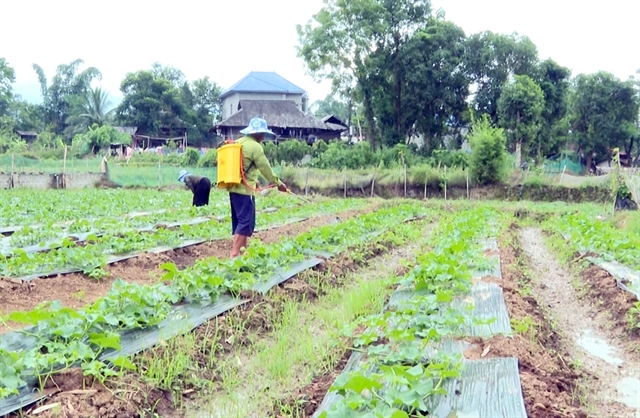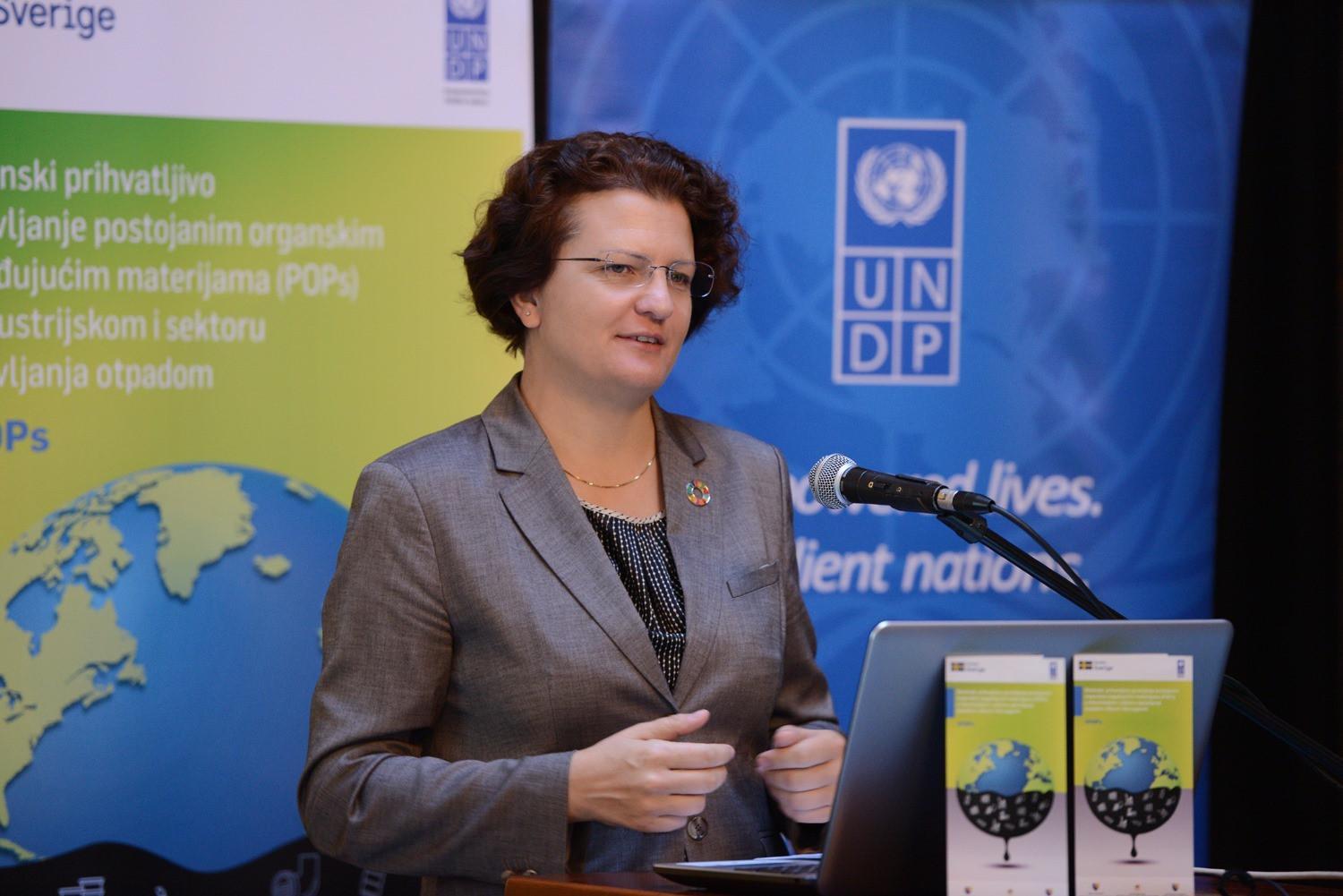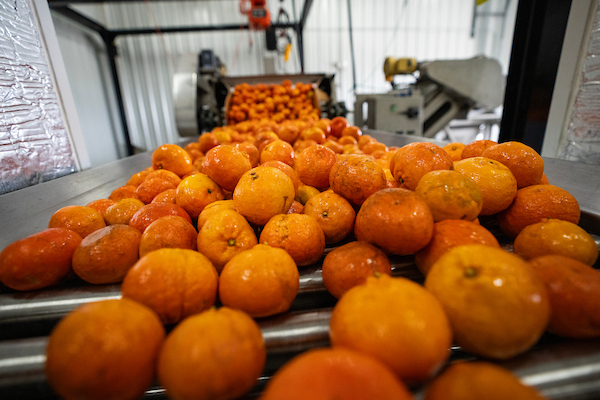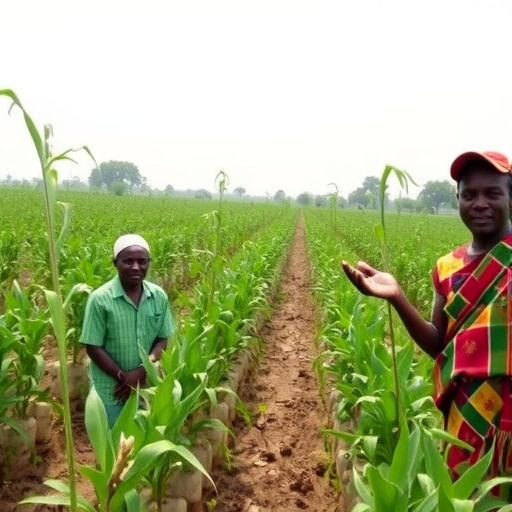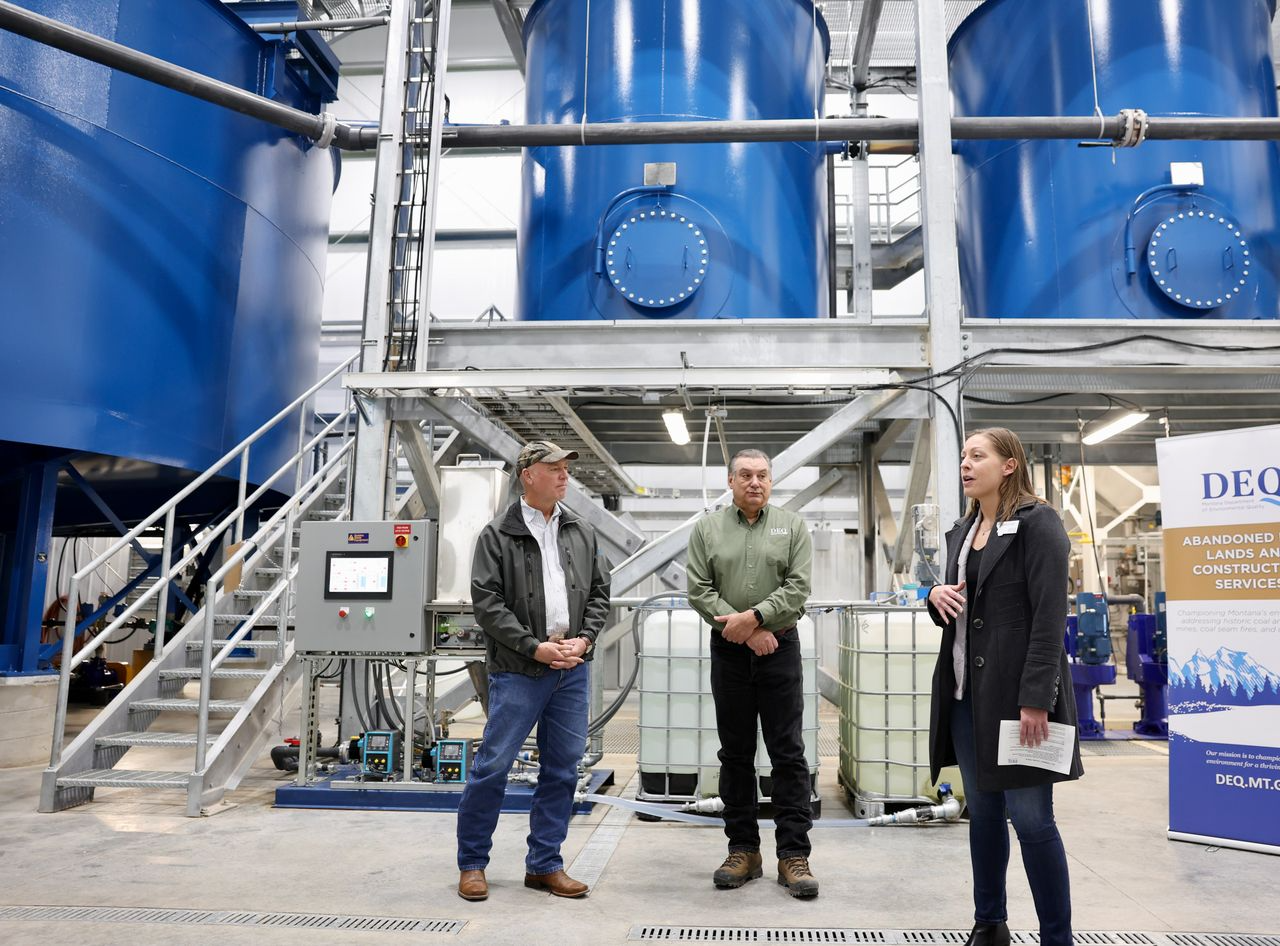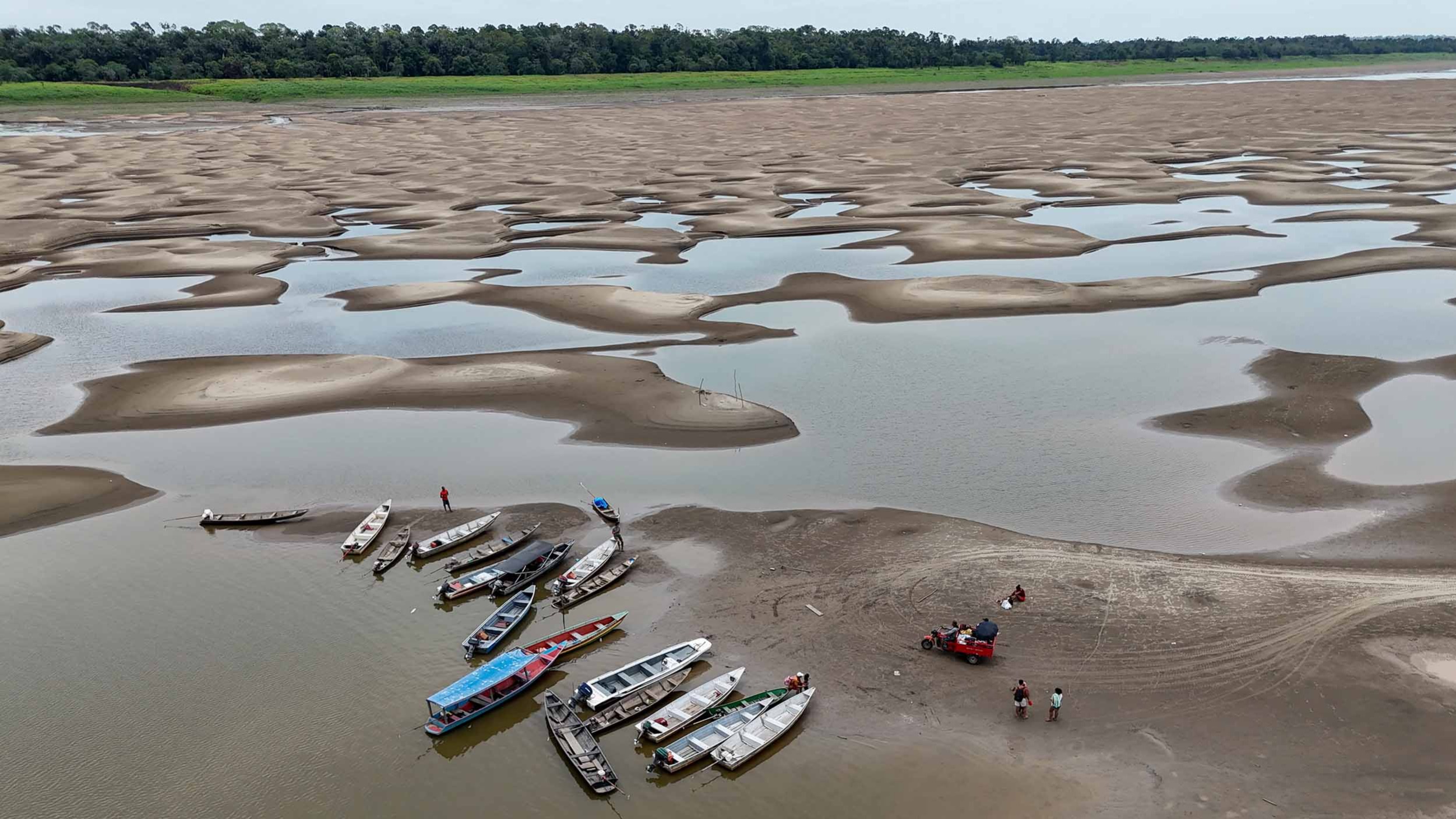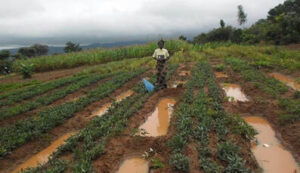Water-efficient farming: 5 tips to save a drop (and how the EU can help) – Euronews.com
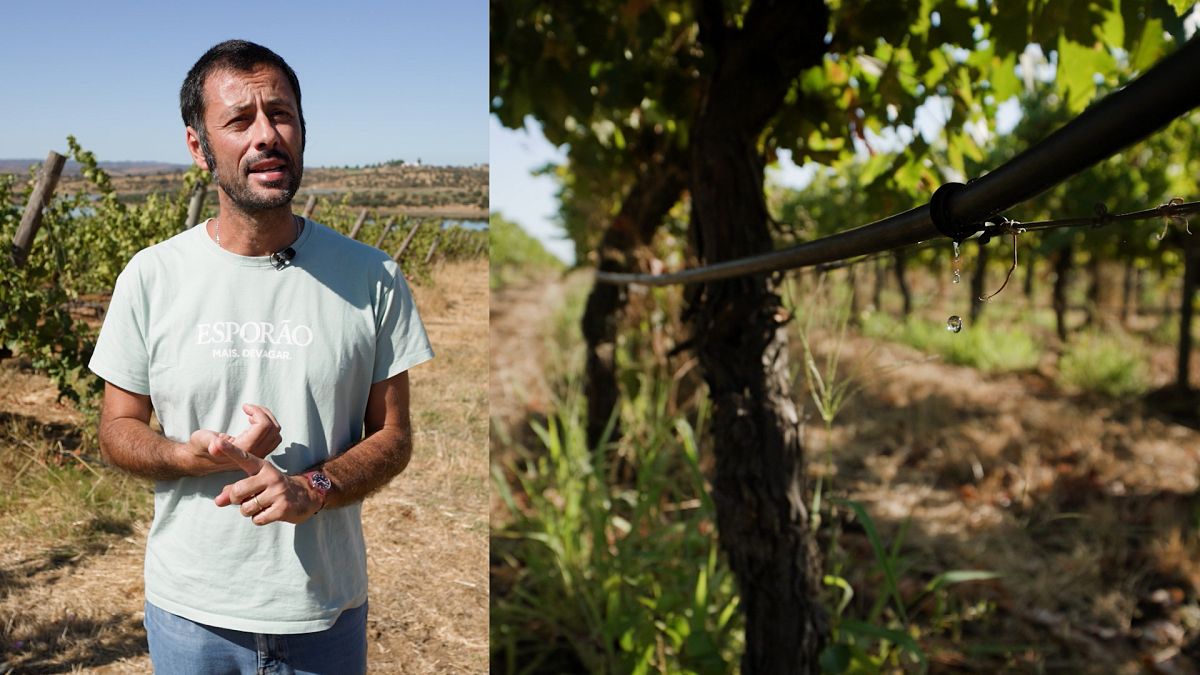
Report on Water Management Strategies in European Agriculture and Alignment with Sustainable Development Goals
Introduction
Sustainable water management in agriculture is critical for achieving food security and environmental resilience. Current practices in the European Union are being enhanced through strategies that align with multiple Sustainable Development Goals (SDGs), particularly SDG 2 (Zero Hunger), SDG 6 (Clean Water and Sanitation), SDG 12 (Responsible Consumption and Production), SDG 13 (Climate Action), and SDG 15 (Life on Land). This report outlines five key strategies for improving water efficiency in the agricultural sector.
1. Technological Innovation for Precision Agriculture
Strategy Overview
The adoption of advanced technology is a primary strategy for optimizing water use. Precision farming techniques enable significant water savings, estimated at 20% by the European Environment Agency.
- Smart Irrigation Systems: Facilitate real-time crop monitoring to deliver precise water quantities.
- Advanced Monitoring Tools: Include soil sensors and drone or satellite imagery to assess crop needs accurately.
- Efficient Delivery Methods: Drip or underground irrigation systems minimize water loss from evaporation.
Alignment with Sustainable Development Goals
- SDG 6 (Clean Water and Sanitation): Directly addresses target 6.4 by substantially increasing water-use efficiency across sectors.
- SDG 9 (Industry, Innovation, and Infrastructure): Promotes investment in innovative technologies and resilient infrastructure for sustainable agriculture.
- SDG 2 (Zero Hunger): Supports sustainable food production systems by implementing resilient agricultural practices that optimize natural resource use.
EU support mechanisms such as the Common Agricultural Policy, LIFE, and Horizon programmes provide funding to facilitate the adoption of these technologies.
2. Nature-Based Solutions for Soil Health
Strategy Overview
Restoring the natural capacity of soil to retain water is essential. This involves moving away from unsustainable practices that degrade soil health, such as the overuse of chemical inputs and excessive tilling.
- Agroecology and Agroforestry: Practices like maintaining living soil, crop rotation, and permaculture restore the soil’s natural balance.
- Improved Water Retention: Healthy soil acts as a natural reservoir, reducing the need for supplemental irrigation.
Alignment with Sustainable Development Goals
- SDG 15 (Life on Land): Contributes to target 15.3 by combating desertification and restoring degraded land and soil.
- SDG 6 (Clean Water and Sanitation): Supports integrated water resources management by improving the natural water cycle within agricultural ecosystems.
- SDG 12 (Responsible Consumption and Production): Encourages the sustainable management and efficient use of natural resources.
The EU’s Nature Restoration Law and the Directive on Soil Monitoring and Resilience aim to achieve healthy European soils by 2050, directly supporting these goals.
3. Infrastructure Modernization to Minimize Water Loss
Strategy Overview
A significant portion of treated water—approximately 25% in the EU—is lost due to leaks in distribution networks. Modernizing this infrastructure is a key priority.
- Smart Leak Detection: Utilizes smart sensors, artificial intelligence, and real-time modeling to identify and locate leaks promptly.
- Proactive Maintenance: Employs maintenance robots and predictive analytics to repair infrastructure before major losses occur.
Alignment with Sustainable Development Goals
- SDG 6 (Clean Water and Sanitation): Directly improves water-use efficiency by reducing losses in distribution networks.
- SDG 9 (Industry, Innovation, and Infrastructure): Involves significant investment in developing quality, reliable, and sustainable infrastructure.
- SDG 11 (Sustainable Cities and Communities): Enhances the sustainability of essential services like water supply.
The EU Water Resilience Strategy and a €15 billion investment pledge from the European Investment Bank are dedicated to improving water efficiency through infrastructure upgrades.
4. Water Capture and Reuse for a Circular Economy
Strategy Overview
Maximizing the use of all available water sources through capture and reuse is crucial for building resilience in water-scarce regions.
- Water Harvesting: Rainwater harvesting systems and the construction of small agricultural ponds capture precipitation for later use.
- Wastewater Reclamation: Advanced treatment technologies, including filtration and UV disinfection, produce high-quality water suitable for agricultural irrigation from wastewater.
Alignment with Sustainable Development Goals
- SDG 6 (Clean Water and Sanitation): Advances target 6.3 by increasing recycling and safe reuse of water globally.
- SDG 12 (Responsible Consumption and Production): Embodies circular economy principles by reducing waste and promoting the reuse of resources.
Revised EU regulations, including the Urban Wastewater Treatment Directive and the Water Reuse Regulation, are designed to increase the circular use of water in agriculture.
5. Climate-Adapted Crop Selection
Strategy Overview
Strategic crop selection based on local climate and water availability can lead to substantial water savings over time. This involves prioritizing crops that are naturally resilient to drought conditions.
- Drought-Resistant Varieties: Planting crops that can survive with less water reduces strain on local resources.
- Site-Specific Planting: Aligning crop choice with regional environmental conditions ensures long-term agricultural sustainability.
Alignment with Sustainable Development Goals
- SDG 13 (Climate Action): Represents a key adaptation strategy to strengthen resilience to climate-related hazards such as drought.
- SDG 2 (Zero Hunger): Promotes resilient agricultural practices that can maintain productivity in the face of climate change.
EU-funded research through programmes like LIFE and Horizon 2020 is actively testing and promoting adaptation solutions, including the development of climate-resilient crops.
Analysis of Sustainable Development Goals in the Article
1. Which SDGs are addressed or connected to the issues highlighted in the article?
-
SDG 2: Zero Hunger
This goal is addressed through the article’s focus on sustainable agricultural practices. The text discusses methods like agroecology, agroforestry, and choosing drought-resistant crops to maintain agricultural productivity and ensure food security in the face of water scarcity and climate change.
-
SDG 6: Clean Water and Sanitation
This is the most central SDG in the article. It is directly connected to every point discussed: smart irrigation for water efficiency, minimizing water loss from leaks, capturing and reusing wastewater for agriculture, and improving soil’s water retention to manage water resources sustainably.
-
SDG 9: Industry, Innovation, and Infrastructure
The article highlights the role of innovation and infrastructure in water management. It mentions “smart irrigation systems,” “soil sensors, drone or satellite imagery,” and using “artificial intelligence, real-time modelling and maintenance robots” to repair leaks in water distribution networks, which relates to developing resilient and sustainable infrastructure.
-
SDG 12: Responsible Consumption and Production
This goal is connected through the theme of resource efficiency. The article advocates for more sustainable production patterns in agriculture by using less water (“20% less water” with precision farming), minimizing water losses, and reusing treated wastewater, all of which contribute to the sustainable management and efficient use of natural resources.
-
SDG 15: Life on Land
The article addresses this goal in its section “Trust nature.” It discusses how unsustainable practices damage soil and advocates for techniques that restore soil health and its natural water retention capabilities. The mention of the EU’s “Nature Restoration Law” and the goal to “achieve healthy soils by 2050” directly links to protecting and restoring terrestrial ecosystems.
2. What specific targets under those SDGs can be identified based on the article’s content?
-
Target 2.4
“By 2030, ensure sustainable food production systems and implement resilient agricultural practices that increase productivity and production, that help maintain ecosystems, that strengthen capacity for adaptation to climate change, extreme weather, drought, flooding and other disasters and that progressively improve land and soil quality.” This target is identified through the discussion of agroecology, agroforestry, permaculture, and choosing drought-resistant seeds to create resilient farming systems and restore soil health.
-
Target 6.3
“By 2030, improve water quality by reducing pollution, eliminating dumping and minimizing release of hazardous chemicals and materials, halving the proportion of untreated wastewater and substantially increasing recycling and safe reuse globally.” This is evident in the section “Capture and reuse,” which describes using “advanced wastewater treatment technologies” to produce water suitable for irrigation and mentions the EU’s “Water Reuse Regulation” to increase the circular use of water.
-
Target 6.4
“By 2030, substantially increase water-use efficiency across all sectors and ensure sustainable withdrawals and supply of freshwater to address water scarcity and substantially reduce the number of people suffering from water scarcity.” This is the core target of the article, addressed by promoting “smart irrigation systems” that can “use 20% less water,” minimizing losses from leaks in distribution networks, and the EU’s strategy to “improve water efficiency across the EU by at least 10%.”
-
Target 9.1
“Develop quality, reliable, sustainable and resilient infrastructure, including regional and transborder infrastructure, to support economic development and human well-being, with a focus on affordable and equitable access for all.” This target is relevant to the section “Minimise losses,” which points out that a quarter of treated water is lost through leaks in distribution networks and discusses investments in “distribution and monitoring networks” to fix this issue.
-
Target 15.3
“By 2030, combat desertification, restore degraded land and soil, including land affected by desertification, drought and floods, and strive to achieve a land degradation-neutral world.” This is identified in the section “Trust nature,” which focuses on restoring soil’s ability to retain water through sustainable practices and mentions the EU’s “Directive on Soil Monitoring and Resilience” which “aims to achieve healthy soils by 2050.”
3. Are there any indicators mentioned or implied in the article that can be used to measure progress towards the identified targets?
-
Indicator for Target 6.4 (Water-use efficiency)
The article provides specific quantitative indicators. It states that precision farming can allow farmers to “use 20% less water.” It also mentions the EU’s goal to “improve water efficiency across the EU by at least 10%.” These percentages serve as direct measures of progress.
-
Indicator for Target 9.1 (Infrastructure improvement)
An implied indicator is the reduction in the percentage of water lost through leaks. The article states that currently, “a quarter of the water treated in the EU is lost through leaks.” Progress can be measured by tracking the decrease in this percentage. The pledged investment of “€15 billion” by the European Investment Bank is also a financial indicator of commitment to this target.
-
Indicator for Target 6.3 (Wastewater reuse)
An implied indicator is the volume or percentage of treated wastewater that is reused for agriculture. The article’s focus on “advanced wastewater treatment technologies” and the “Water Reuse Regulation” suggests that tracking the uptake of these technologies and the amount of water reused would be a key metric.
-
Indicator for Target 15.3 (Soil health)
A clear indicator is the EU’s goal to “achieve healthy soils by 2050,” as mentioned in the article. Progress would be measured by monitoring soil quality, organic matter content, and water retention capacity over time, in line with the “Directive on Soil Monitoring and Resilience.”
-
Indicator for Target 2.4 (Sustainable agriculture)
An implied indicator is the percentage or area of agricultural land managed under sustainable practices like agroecology and agroforestry. The article notes that “Only 6% of the EU’s agricultural land is currently irrigated,” highlighting that tracking land use and management practices is crucial.
4. Table of SDGs, Targets, and Indicators
| SDGs | Targets | Indicators |
|---|---|---|
| SDG 2: Zero Hunger | Target 2.4: Ensure sustainable food production systems and implement resilient agricultural practices. | Area of agricultural land managed under sustainable and resilient practices (e.g., agroecology, drought-resistant crops). |
| SDG 6: Clean Water and Sanitation | Target 6.4: Substantially increase water-use efficiency across all sectors. | Percentage reduction in water use in agriculture (e.g., “20% less water”); Percentage improvement in overall water efficiency (e.g., “at least 10%”). |
| SDG 6: Clean Water and Sanitation | Target 6.3: Substantially increase recycling and safe reuse of wastewater. | Volume or percentage of treated wastewater reused for agriculture. |
| SDG 9: Industry, Innovation, and Infrastructure | Target 9.1: Develop quality, reliable, sustainable and resilient infrastructure. | Percentage reduction in water lost through leaks in distribution networks (from the current “quarter of the water”); Amount of investment in network maintenance (€15 billion). |
| SDG 15: Life on Land | Target 15.3: Combat desertification, restore degraded land and soil. | Progress towards achieving “healthy soils by 2050”; Improvement in soil’s water retention capacity. |
Source: euronews.com
What is Your Reaction?
 Like
0
Like
0
 Dislike
0
Dislike
0
 Love
0
Love
0
 Funny
0
Funny
0
 Angry
0
Angry
0
 Sad
0
Sad
0
 Wow
0
Wow
0





















































